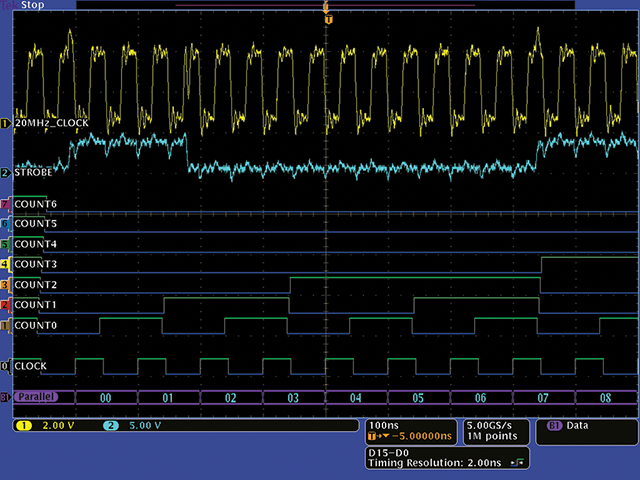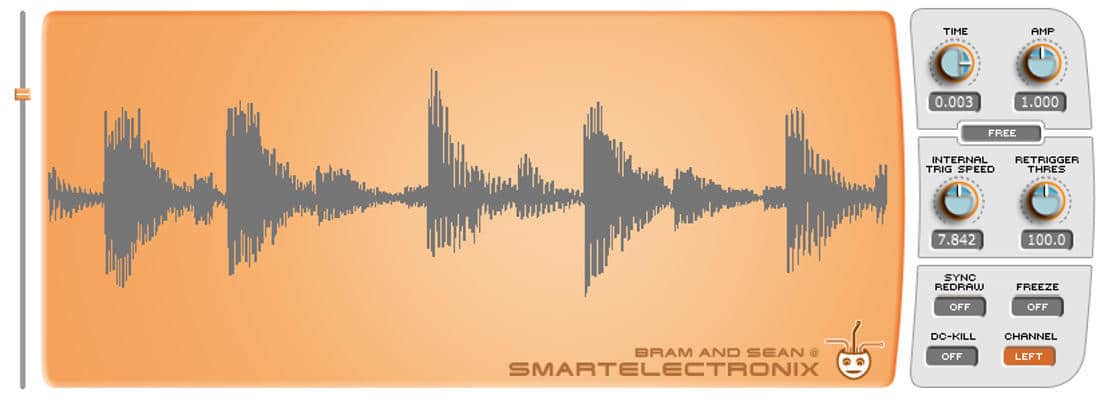

Electronics labs and advanced shops, of course, have one or more of each, and where it can be justified, that is the way to go. For versatility and user-friendly operation, the oscilloscope is the right choice. To summarize, if it is great bandwidth you require, the spectrum analyzer is better. This enhanced processing mode is the basis for time-domain measurement and display in today’s spectrum analyzer.

As always, they sweep their spanned portion of the spectrum, but now they pause mid-cycle to permit users to examine small transients subject only to the sampling rate. The latest spectrum analyzers combine two distinct operational modes. Meanwhile, communications and other electronic engineers are asking for more test and measurement specifications. Bottom, Siglent SSA3032X spectrum analyzer.

As for the oscilloscope, even laboratory-grade instruments could not venture into the spectrum analyzer’s microwave range. Moreover, in sweeping the spectrum, the spectrum analyzer too frequently missed brief transients. Oscilloscopes, working in the Math>FFT mode, have always had a slower sample speed, and creating a time-domain display in a spectrum analyzer, while feasible does not provide the user with the processing and memory features available in a contemporary digital oscilloscope. But this overlapping tendency is far from absolute. More recently, each instrument has become competent in the other’s territory. Traditionally, only the spectrum analyzer was capable of displaying electrical and electromagnetic signals in the frequency domain and the oscilloscope took control of the time domain.


 0 kommentar(er)
0 kommentar(er)
